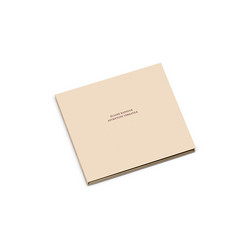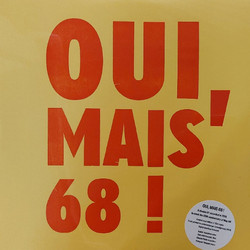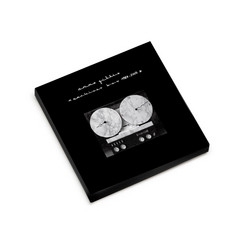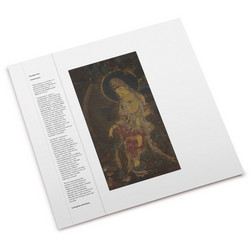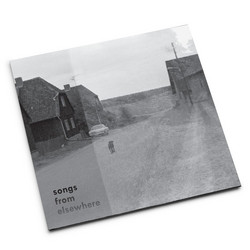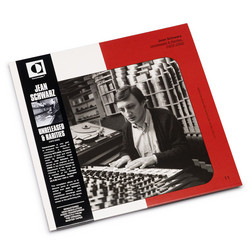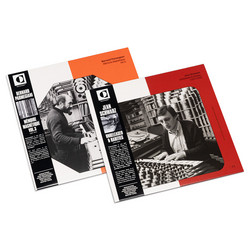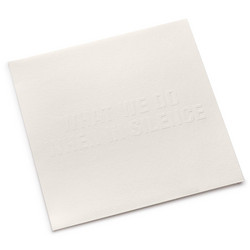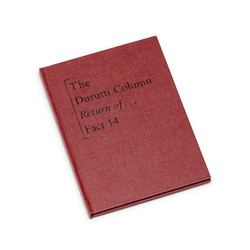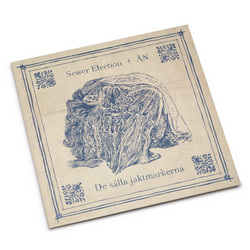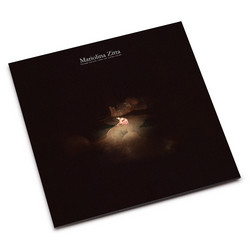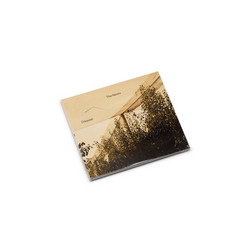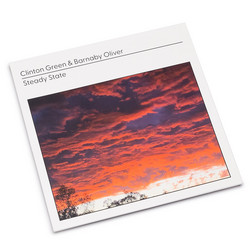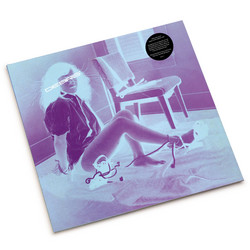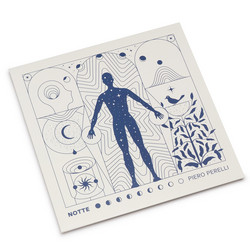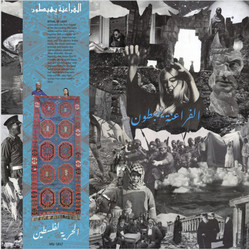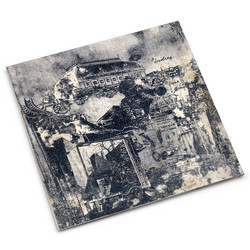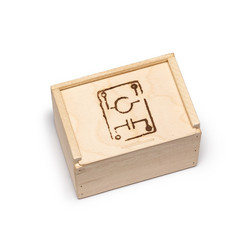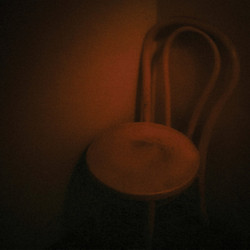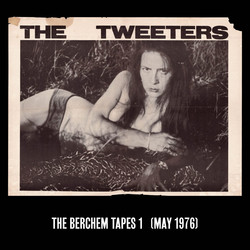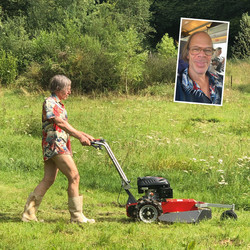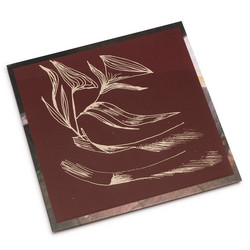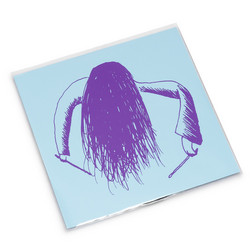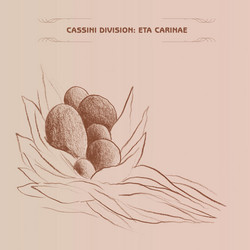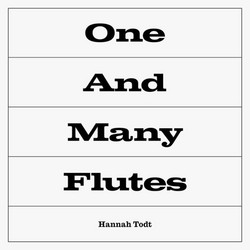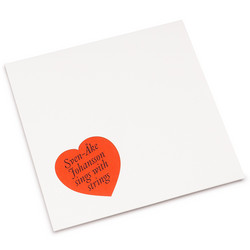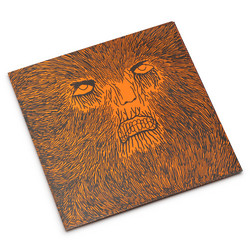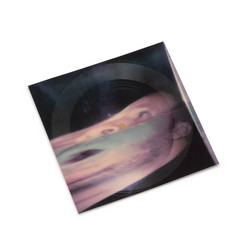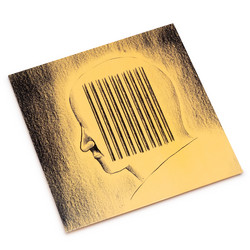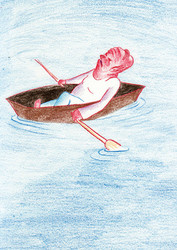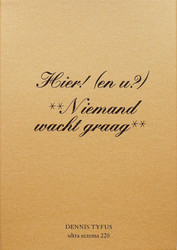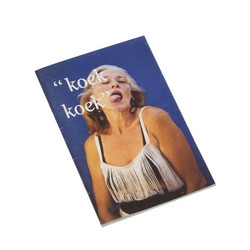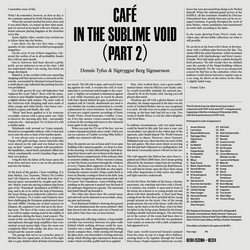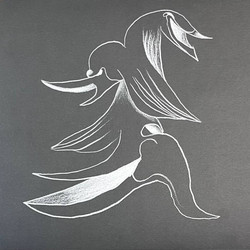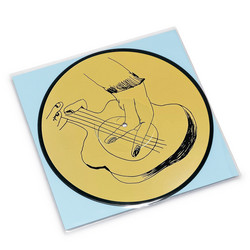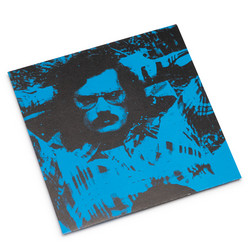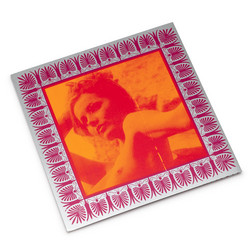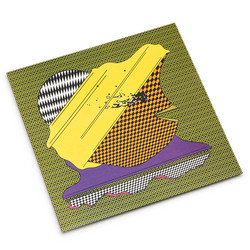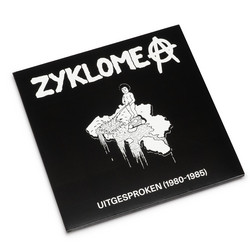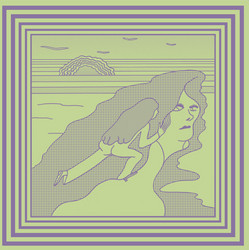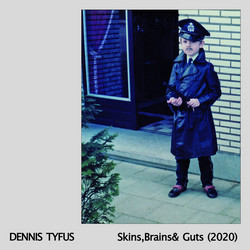years and years of summer whine, begging and massages, Remörk has finally committed to an LP!
Remörk is the name under which Kris Delacourt hides his synth madness, home-made instruments and secret jewels; not just some squirky synth bubbles: we're talking huge wah wah glass pots driven by bike pedals, magnets that react to lightning whilst spinning around, deformed church organs etc.
For this debut LP Remörk re-collaged the recordings of an installation he made with 12 vinyl records, six turntables and custom electronics last summer at artist space Stadslimiet in Antwerp.
Principium 2.1 is the result of the result of a result, drifting further and further away from its original idea; as usual… The foundations for these recordings were laid when fellow Belgian artist Vaast Colson invited Remörk to interpret one of his artworks using sound. The chosen work was Principium which is based on the sheets of colour dot stickers that galleries typically use to denote sold artworks. Drawing random lines across these sheets, Colson ended up with small fragments of lines on the stickers which he then reassembled into a new continuous line or a closed shape, and which in turn he thought would make interesting graphic scores.
The sticker sheets, with their 8x12 grid resembling a sequencer, immediately appealed to Delacourt. This paved the way to Principium 1.0: a modified casio keyboard from which all keys but a single octave were removed, and to which an 8x12 sequencer was added. The latter uses the same layout as the sticker sheets, activated by placing white magnets on its surface to build sequences, mirroring the blank spaces of the missing stickers in the original artwork.
In 2013, Peter Fengler of De Player/DOB records asked Dennis Tyfus to make a Principium 1.0 record, though Delacourt wasn't entirely comfortable with the idea of a 'definitive' recording. After some processing and rethinking the whole thing Principium 2.0 saw the light of day in 2015: an edition of 12 ten inch records, each one containing a different note combining to the full 'octave'. [The drones on each record contained various layered octaves, so that last bit is not strictly accurate.] The first record has the original recording, which is a slowly-shifting ten-minute organ-and-synth improv thing in a C note. Each subsequent record has that same recording sped up until it reaches the correct pitch: B note at around 5'20". The Principium 2.0 edition also contained a custom-built device that plugs in between the record player and stereo, switching the sound of the record on and off using a magnetic sensor. The magnets are placed around a 12” metal plate (also included) that sits underneath the record, turning the turntable into a sequencer.
For the presentation of Principium 2.0 at Stadslimiet Remörk used six turntables, matching-up with the original six sticker colours (which were replicated for the vinyl). Delacourt programmed a random score generator in Pd that determined which (if any) of the two records for each turntable was to be played, at what volume, and the mode the electronics should be in (the magnets can cause either gaps in the sound, or bursts of sound in the silence). This score was then followed for eight hours continuously. The Principium 2.1 LP contains four straight excerpts: no edits, no processing. These excerpts, selected by Remörk, quite accurately represent the possibilities of the installation, but also hold their own as musical miniatures.
Limited to 200 copies with an insert featuring liner notes by Remörk"
